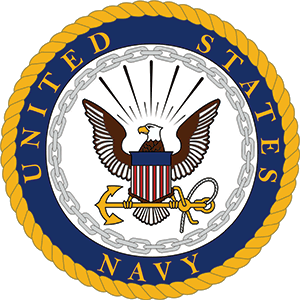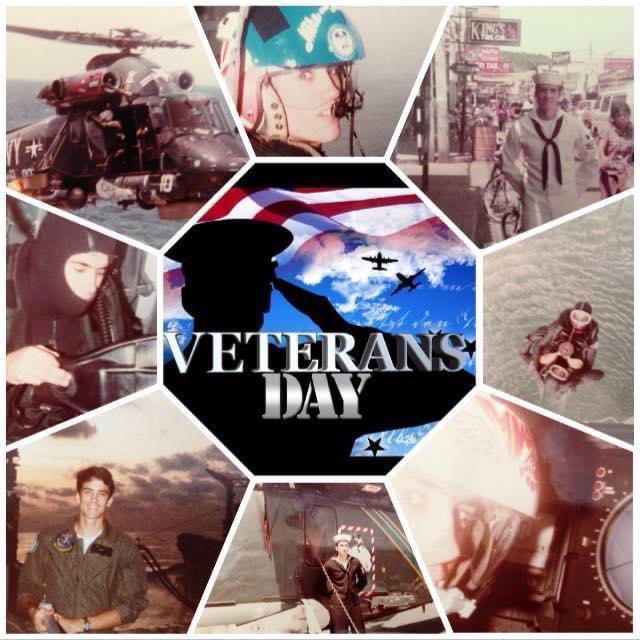ABOUT HSL NAS Coronado
- Origins: Helicopter Anti-Submarine Squadron Light (HSL) units at NAS Coronado were first established in the late 1960s and 1970s to provide anti-submarine warfare (ASW) capability for the U.S. Navy’s Pacific Fleet.
- Location: NAS North Island, located in Coronado, California, has been home to multiple HSL squadrons, earning the base the nickname “Helicopter Capital of the World.”
- Primary Mission: HSL units specialized in deploying SH-2 Seasprite and later SH-60B Seahawk helicopters aboard smaller ships, such as frigates and destroyers, expanding their ASW and anti-surface capabilities.
- Cold War Operations: During the Cold War, HSL squadrons played a vital role in tracking and deterring Soviet submarines off the U.S. West Coast and across the Pacific Ocean.
- Carrier Independence: Unlike traditional carrier-based squadrons, HSL units provided independent helicopter detachments to multiple ships, increasing flexibility and coverage for the fleet.
- Transition to HSM: In the 2000s, many HSL squadrons at NAS Coronado were redesignated as Helicopter Maritime Strike (HSM) squadrons, reflecting expanded missions, including anti-piracy, search and rescue, and logistics.
- Gulf War Participation: HSL detachments from NAS Coronado were deployed to the Persian Gulf during Operations Desert Shield and Desert Storm, providing critical surveillance and ASW support.
- Humanitarian Missions: HSL squadrons have participated in numerous disaster relief operations, including support after tsunamis and hurricanes, leveraging their versatile helicopters for rescue and supply drops.
- Women in Aviation: NAS Coronado’s HSL squadrons were among the first to integrate female pilots and aircrew into operational detachments, reflecting broader changes in Navy policy.
- Historic Aircraft: The SH-60B Seahawk, a staple of HSL units at Coronado, is renowned for its advanced sensors and weapons, setting the standard for naval helicopter operations worldwide.


